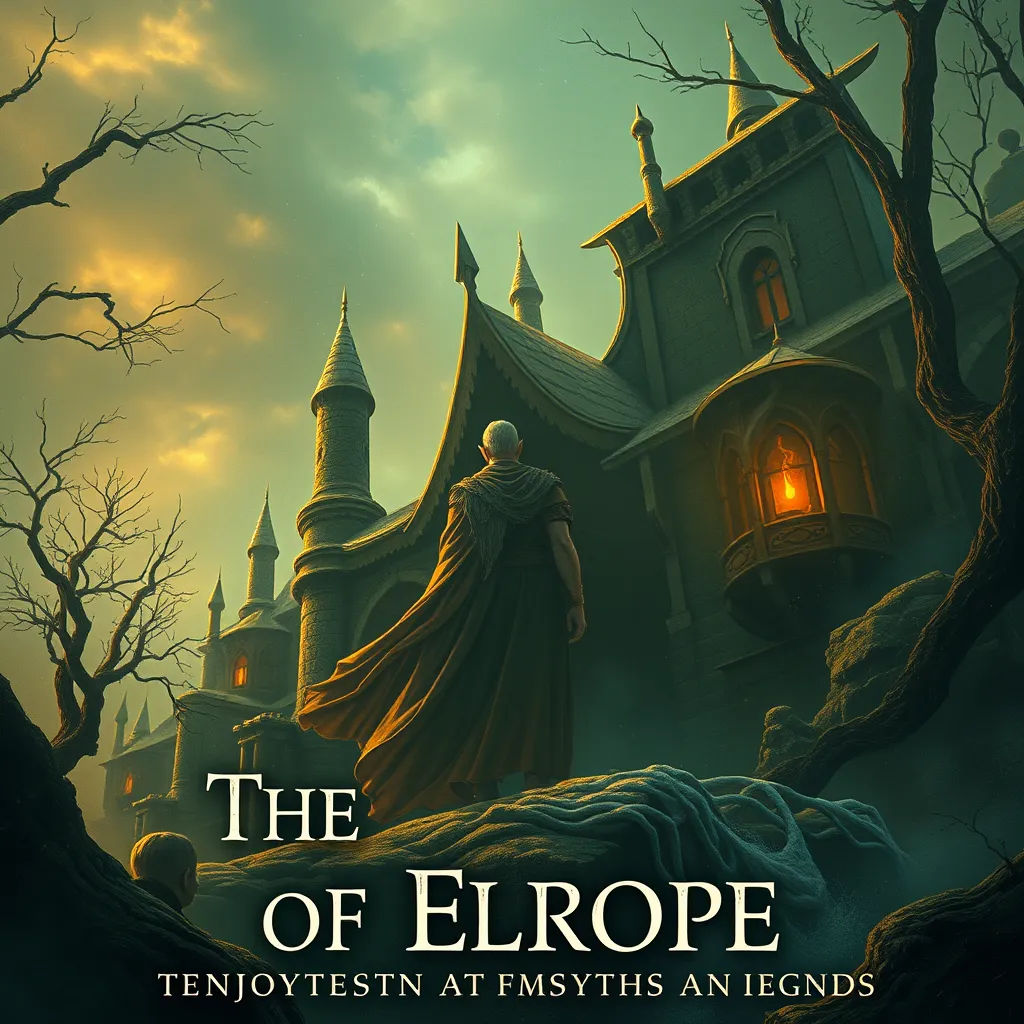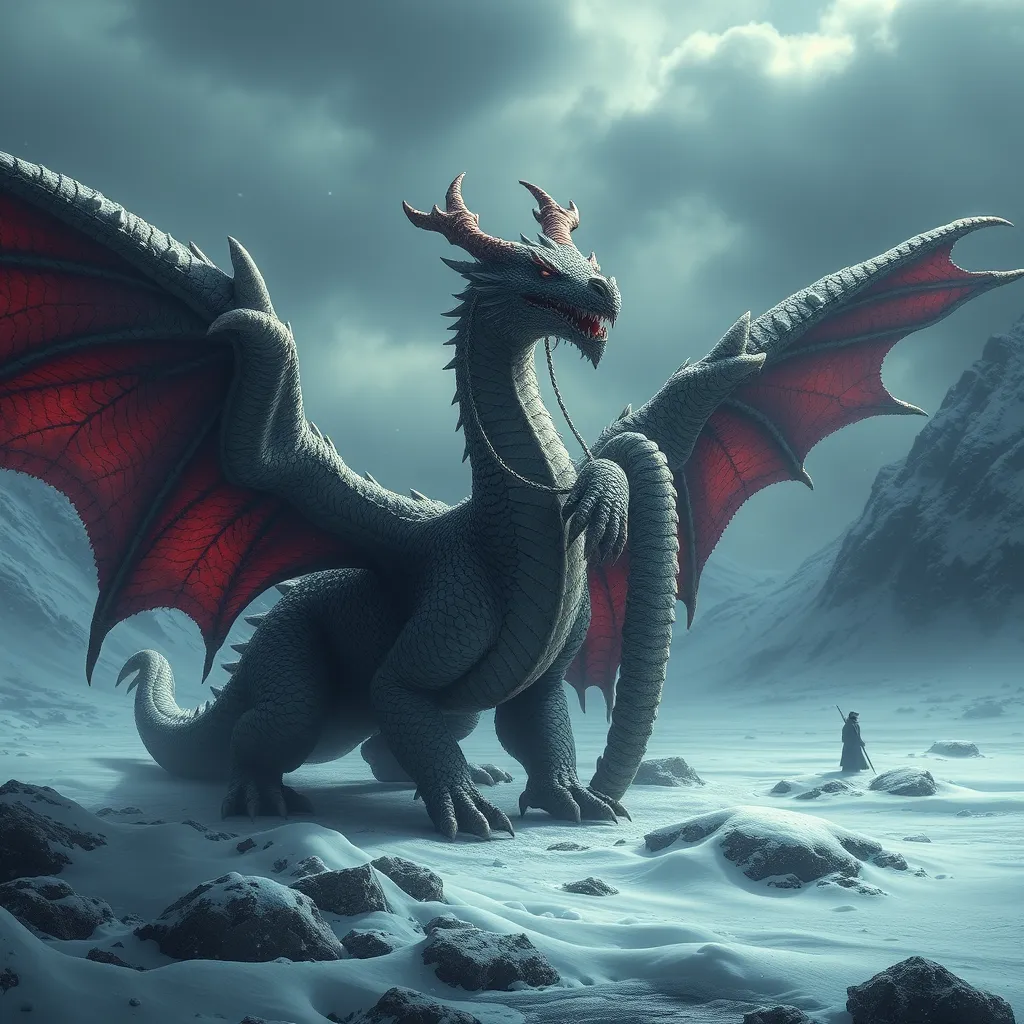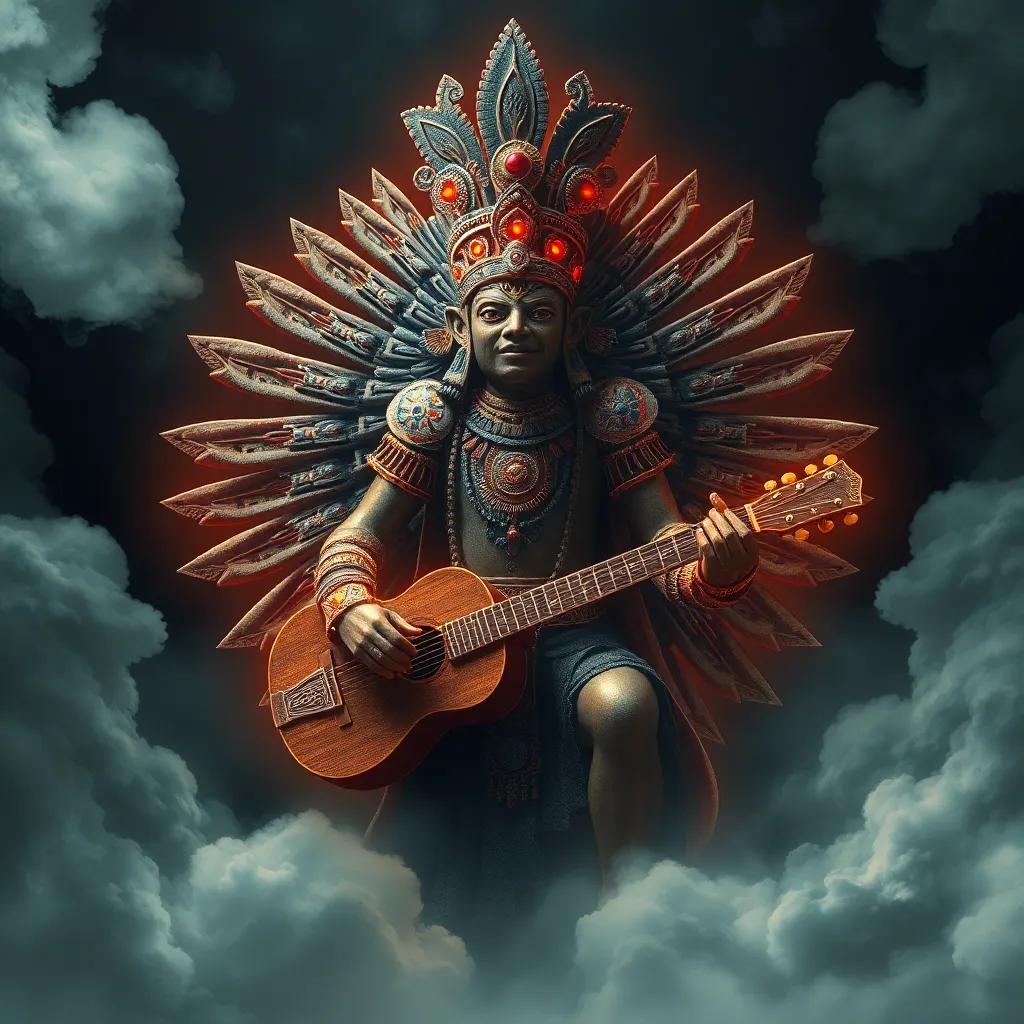The Manticore in Japanese Folklore: The Beast of the Mountain and the Sea
I. Introduction
The Manticore, a creature with a rich tapestry of origins, has fascinated cultures around the world for centuries. With its body resembling a lion, the face of a man, and a tail that can either be a scorpion or a dragon, the Manticore is an embodiment of the unknown and the monstrous. While it is often associated with Western mythology, its significance extends to various cultures, including Japan, where unique interpretations and representations have emerged.
This article explores the Manticore’s presence in Japanese folklore, examining its historical context, physical description, habitat, roles in storytelling, and cultural significance, while also drawing comparisons to other mythical creatures.
II. Historical Context of the Manticore
The Manticore first appeared in ancient Persian texts, particularly in the works of Ctesias, a Greek physician and historian. Over time, the creature made its way into Western myth, often portrayed as a fearsome predator. In Japan, the Manticore’s narrative has transformed, influenced by local beliefs and storytelling traditions.
While Western interpretations often emphasize the creature’s danger, Japanese folklore has adapted the Manticore to fit its unique narrative structures, blending it with local mythical beings and themes.
As the Manticore evolved in Japan, it took on characteristics that reflected the cultural values and fears of the society, particularly regarding nature and the unknown.
III. The Manticore’s Physical Description
Traditional depictions of the Manticore include a variety of striking features:
- Body of a lion, symbolizing strength and nobility
- Face of a man, representing intelligence and cunning
- Tail that resembles either a scorpion or a dragon, indicating danger and mystique
In Japan, the Manticore is often depicted with variations that reflect regional artistic styles:
- In coastal areas, it may have more aquatic features, emphasizing its connection to the sea.
- In mountainous regions, it is often represented with attributes that align with local wildlife.
The symbolism of the Manticore’s features often carries significant weight in folklore, representing the duality of nature—both beautiful and terrifying.
IV. The Manticore’s Habitat: Mountains and Seas
In Japanese folklore, mountains and seas hold geographic and spiritual significance. The Manticore’s presence in these two realms underscores its dual nature as both a land and sea creature.
Mountains in Japan are often viewed as sacred places, home to spirits and deities. The Manticore’s association with these areas suggests a guardian-like quality, albeit one that brings both protection and peril. In contrast, the sea represents the unknown, a source of life and danger, where the Manticore is seen as a fearsome predator lurking beneath the waves.
Tales of the Manticore connected to specific locations often highlight its role in local lore:
- Legends of fishermen encountering Manticore-like creatures while at sea.
- Stories of mountain travelers who faced the beast during their journeys.
V. The Role of the Manticore in Folklore
In folklore, the Manticore often serves as a harbinger of disaster or misfortune. Encounters with the creature typically result in dire consequences for those who cross its path.
Many stories center around human interactions with the Manticore, illustrating themes of respect for nature and the dangers of hubris:
- Stories where protagonists fail to heed warnings and suffer the consequences.
- Encounters that lead to valuable lessons about coexistence and understanding the natural world.
These tales often carry morals that resonate with audiences, emphasizing the importance of humility and awareness of one’s surroundings.
VI. Cultural Significance and Symbolism
The Manticore stands as a potent symbol of fear and danger within Japanese folklore. Its fearsome characteristics evoke feelings of dread, representing the darker aspects of existence and the natural world.
Moreover, the creature embodies the unknown, a common theme in folklore that speaks to humanity’s relationship with the mysterious forces of nature. The Manticore’s influence extends beyond traditional tales, impacting various forms of Japanese art, literature, and modern media:
- Influencing visual arts through depictions in ukiyo-e and contemporary illustrations.
- Inspiring characters in literature that embody its dual nature.
- Finding its way into modern anime and video games, continuing to capture popular imagination.
VII. Comparisons to Other Mythical Creatures
When examining the Manticore in the context of Japanese mythology, it is essential to compare it with other mythical beings, particularly Yōkai. While both the Manticore and Yōkai share traits of fear and mystery, their portrayals and cultural implications differ significantly.
Similarities include:
- Both are often associated with natural elements and embody the tension between humanity and nature.
- Both can serve as cautionary figures in folklore, warning against certain behaviors or attitudes.
However, the differences are notable:
- Yōkai vary widely in characteristics, often embodying more playful or mischievous traits compared to the more consistently fearsome Manticore.
- The Manticore is typically seen as an outsider or a creature of pure danger, while Yōkai can include spirits of the deceased or other transformative beings.
These distinctions highlight the Manticore’s unique place in the pantheon of Japanese folklore, blending influences from various cultures into a singular narrative.
VIII. Conclusion
The Manticore holds a significant place within Japanese folklore, embodying themes of fear, the unknown, and the duality of nature. As we reflect on the ongoing fascination with this mythical creature, it is clear that its stories continue to resonate with audiences, providing insights into cultural values and fears.
Exploring the intersections of myth and culture in Japan reveals a rich tapestry of beliefs that shape the understanding of the world. The Manticore, with its complex symbolism and varied interpretations, invites further exploration into the depths of folklore and its relevance in contemporary society.




